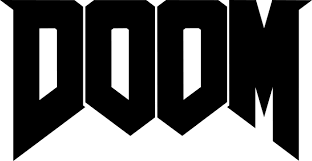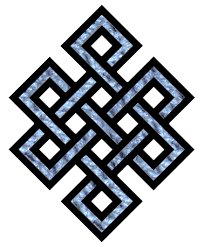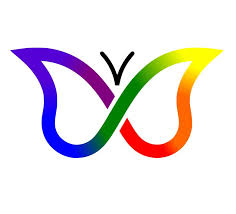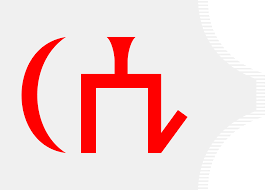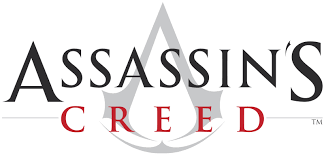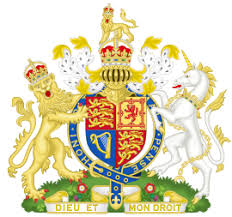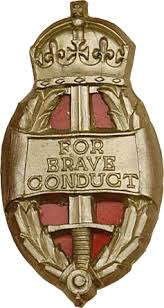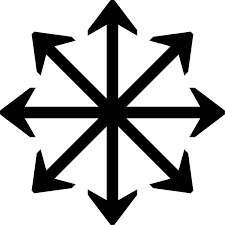
Therefore symbol
| Symbol | Therefore |
| Origin | The symbol is derived from the Latin word "ergo," meaning "therefore" or "consequently." It has been used in logical reasoning for centuries |
| Meaning | The symbol represents logical consequence or inference. It signifies that a conclusion can be drawn from the preceding premises |
| Appearance | The symbol appears as three dots arranged in a triangular formation (∴) |
| Colors | There are no specific colors associated with the "Therefore" symbol as it is typically rendered in black when used in texts or mathematical notation. |
| Usage | Mathematics and Logic: In mathematical proofs and logical arguments to denote logical implication. Philosophy: Used in philosophical discourse to indicate logical consequence. Education: Employed in academic settings to teach logical reasoning and deduction. Technical Writing: Found in technical documentation and scientific papers to signify logical connections |
| History | The symbol has its roots in ancient Greek and Roman logic but gained widespread usage in medieval and Renaissance logic and philosophy. It has since become a standard notation in mathematics and logic. |
| Popularity | The symbol is widely recognized and used in academic and technical fields where logical reasoning is applied. It enjoys broad popularity within these contexts. |
| Importance | The "Therefore" symbol is essential in formal reasoning and argumentation, serving as a concise notation for indicating logical consequence. It plays a significant role in various disciplines, including mathematics, philosophy, and computer science. |
| Complexity | In terms of complexity, the symbol itself is simple, consisting of only three dots arranged in a specific pattern. However, its usage and application can involve complex logical concepts and reasoning. |
| Emotions | As a symbol primarily associated with logic and reasoning, it does not inherently evoke strong emotions. Its use is typically analytical and objective, devoid of emotional connotations |
The “therefore” symbol, ∴, is a mathematical and logical symbol used to indicate a conclusion that necessarily follows from previous statements or premises. It can be thought of as a shorthand for the word “therefore” and is often seen in:
- Formal proofs: Showing that a particular statement holds true based on established axioms and rules of inference.
- Syllogisms: Deductive arguments with a major premise, a minor premise, and a conclusion.
- Logic textbooks and papers: Denoting the logical consequence of a specific operation or argument.
The symbol itself consists of three dots arranged in an upright triangle, and it can be read as “therefore” or “thus”. While not as common as other mathematical symbols, it plays a crucial role in conveying the logical flow of information and conclusions.
Here are some additional points to consider:
- The “therefore” symbol is relatively recent, appearing in Unicode in 1993.
- It can be used in other contexts, such as Freemasonry, as an abbreviation for “Right Worshipful”.
- While convenient, it’s important to remember that the symbol represents a logical step, not a magical connection between statements.
